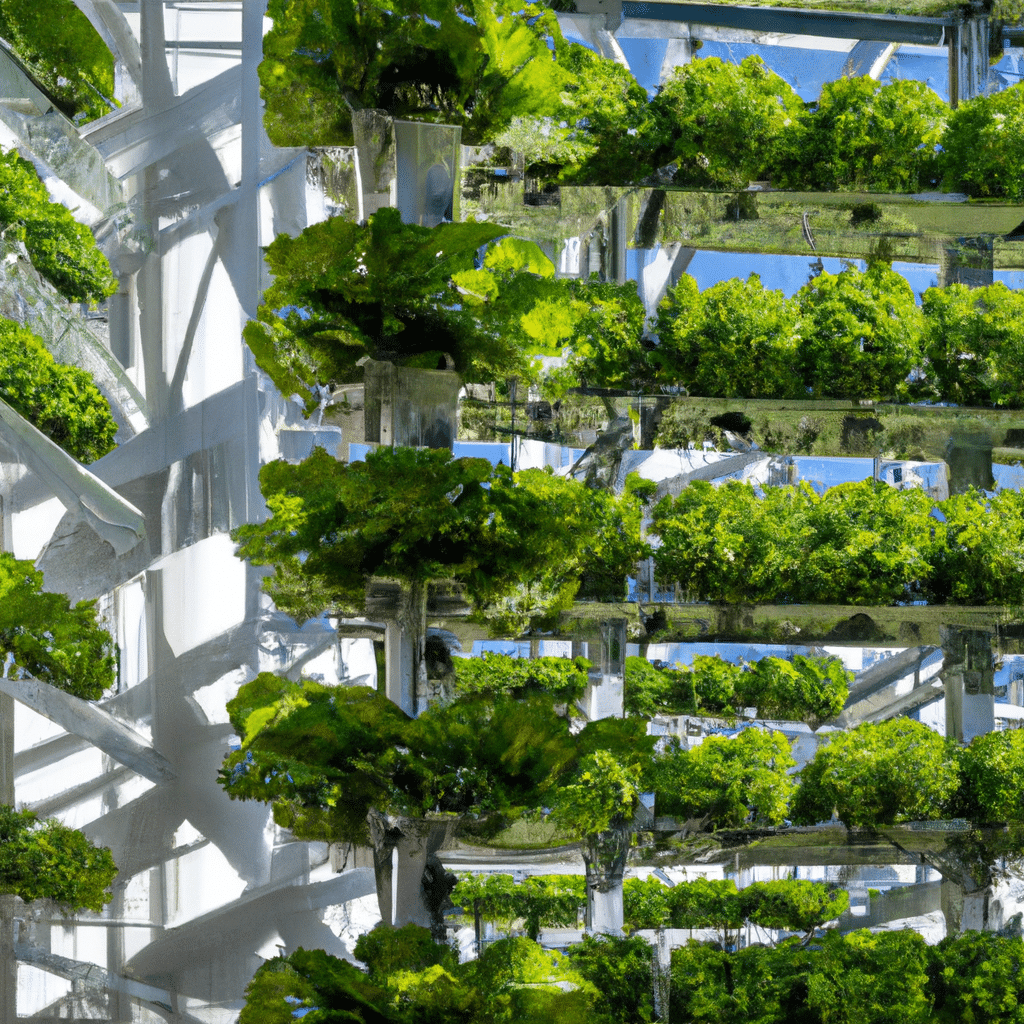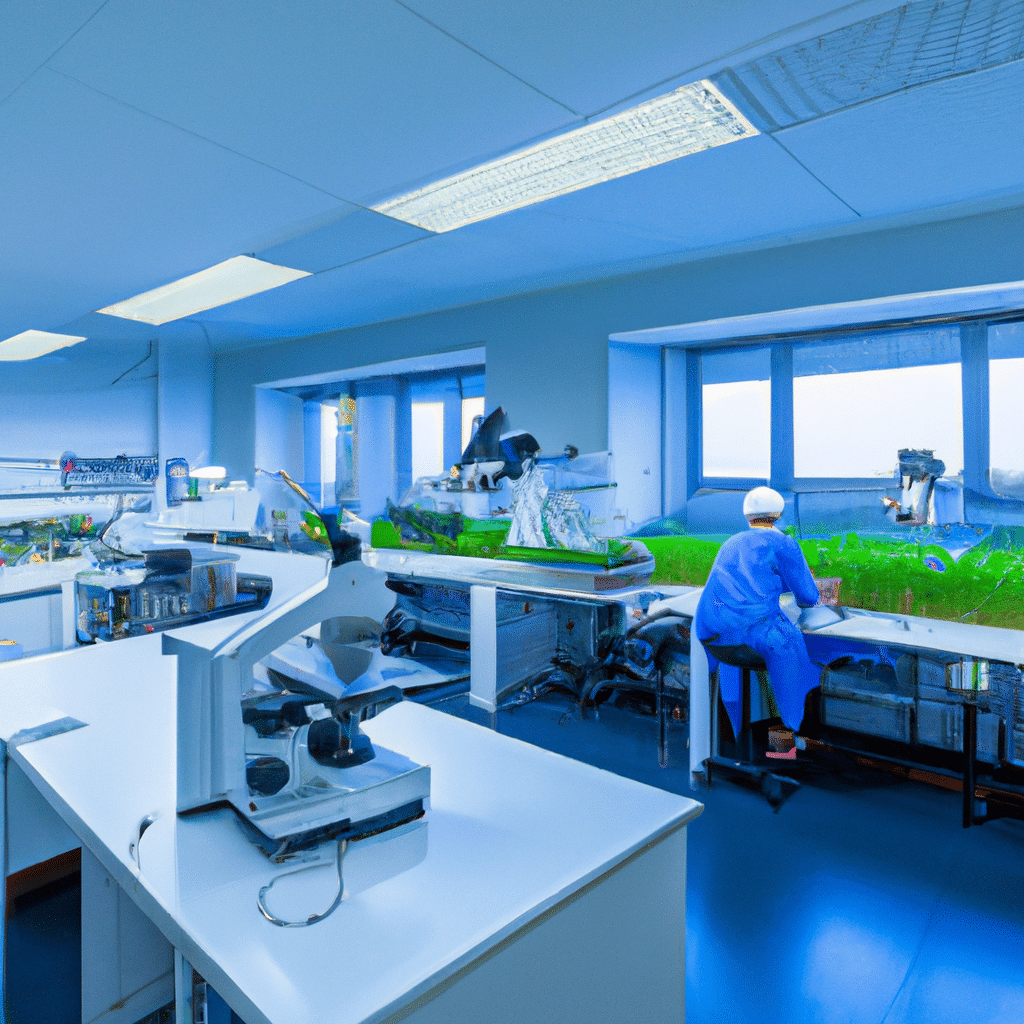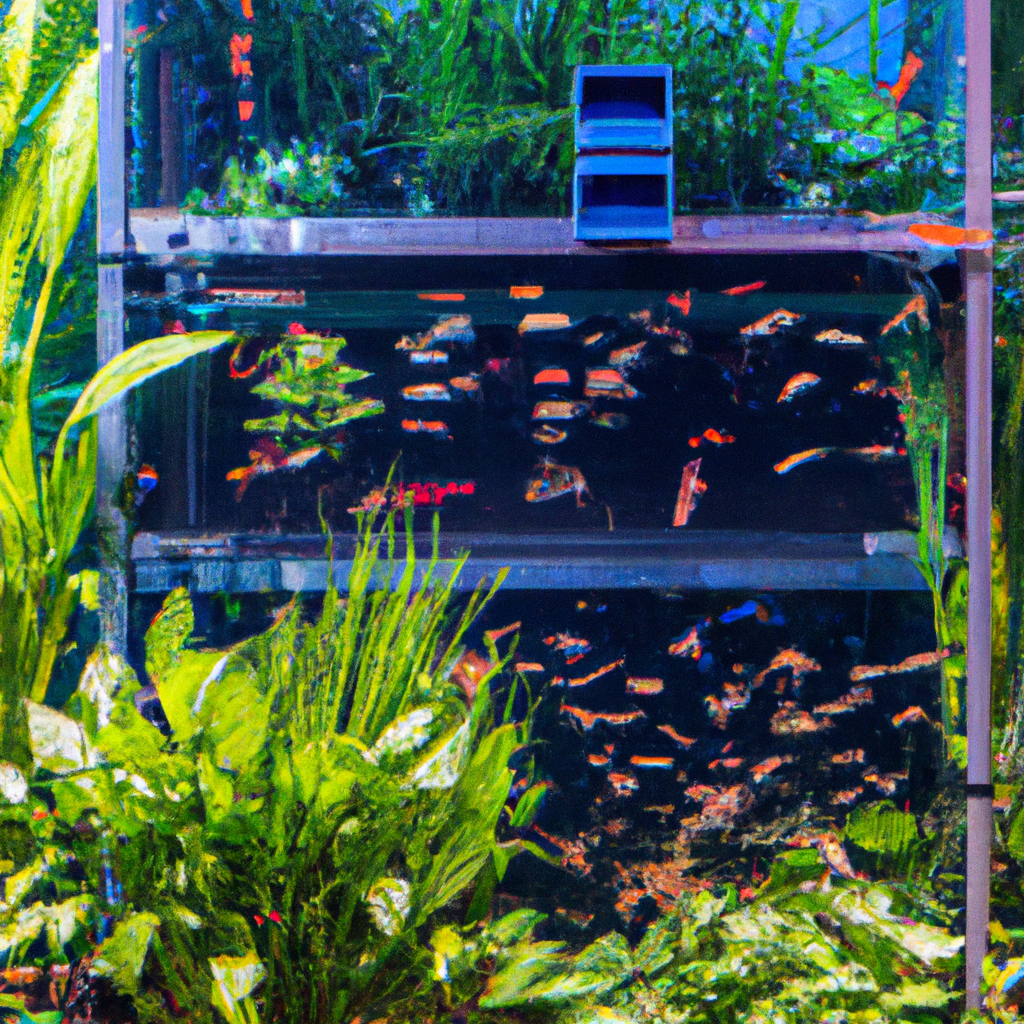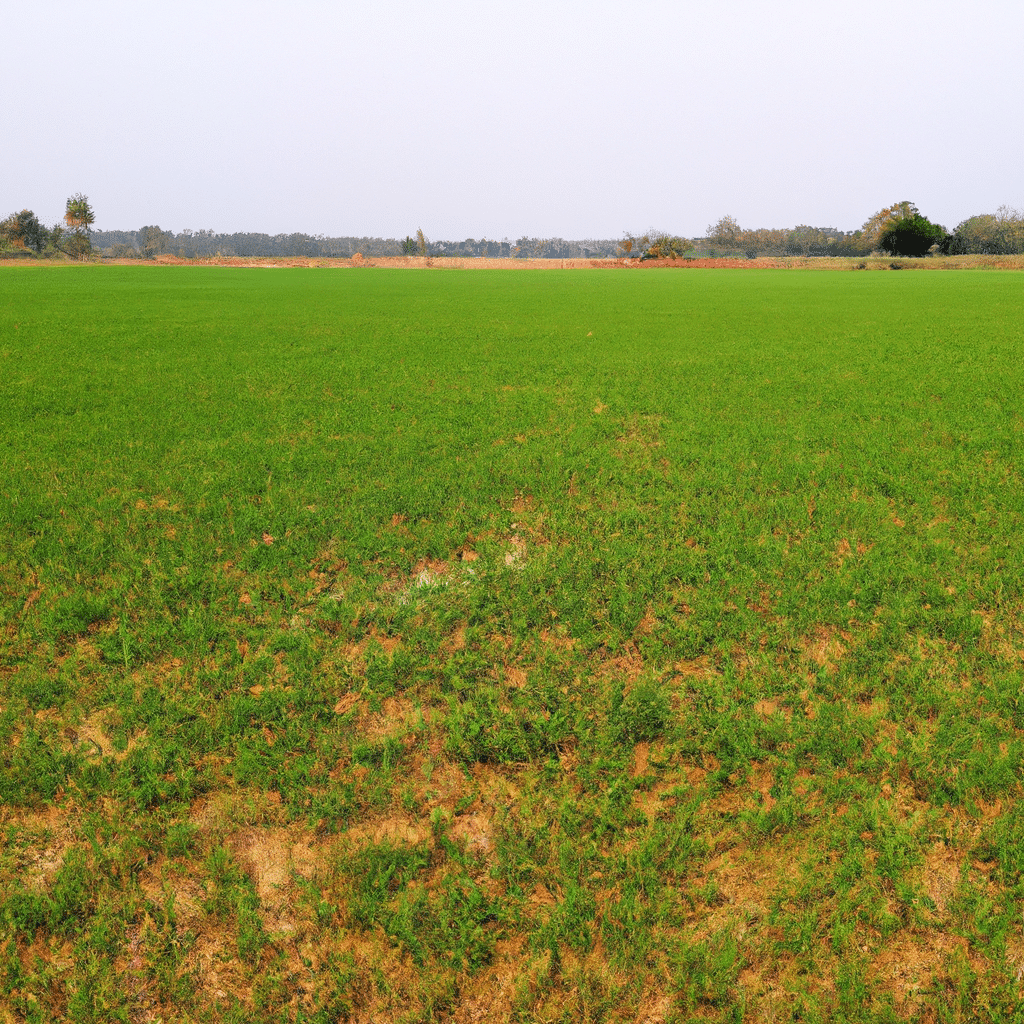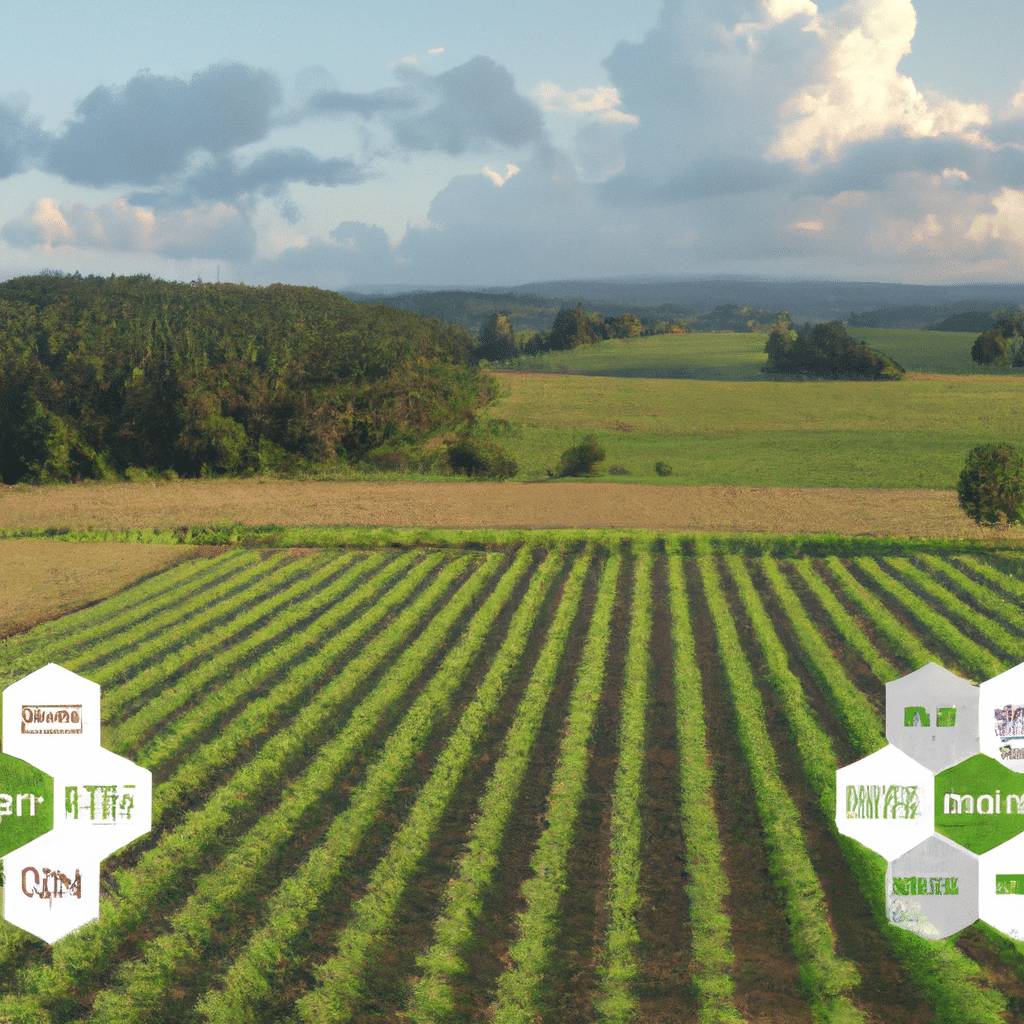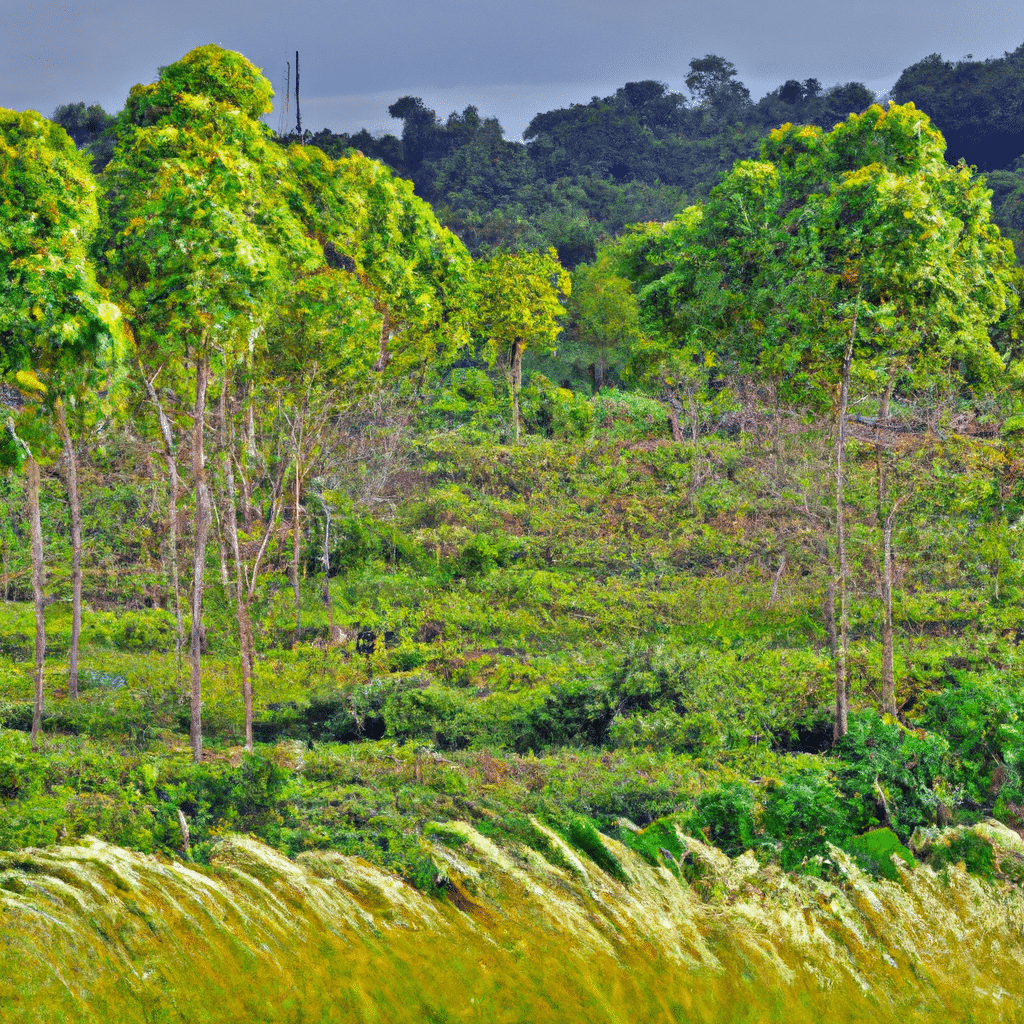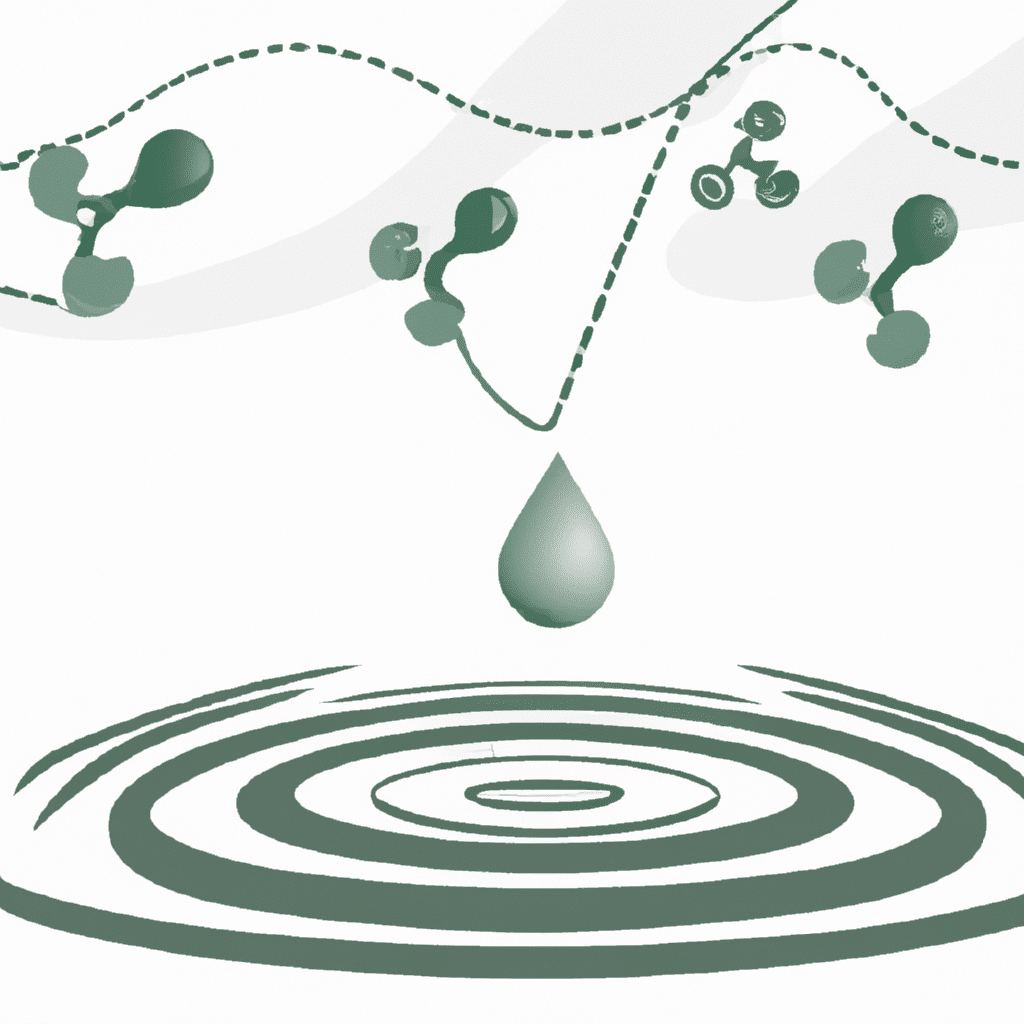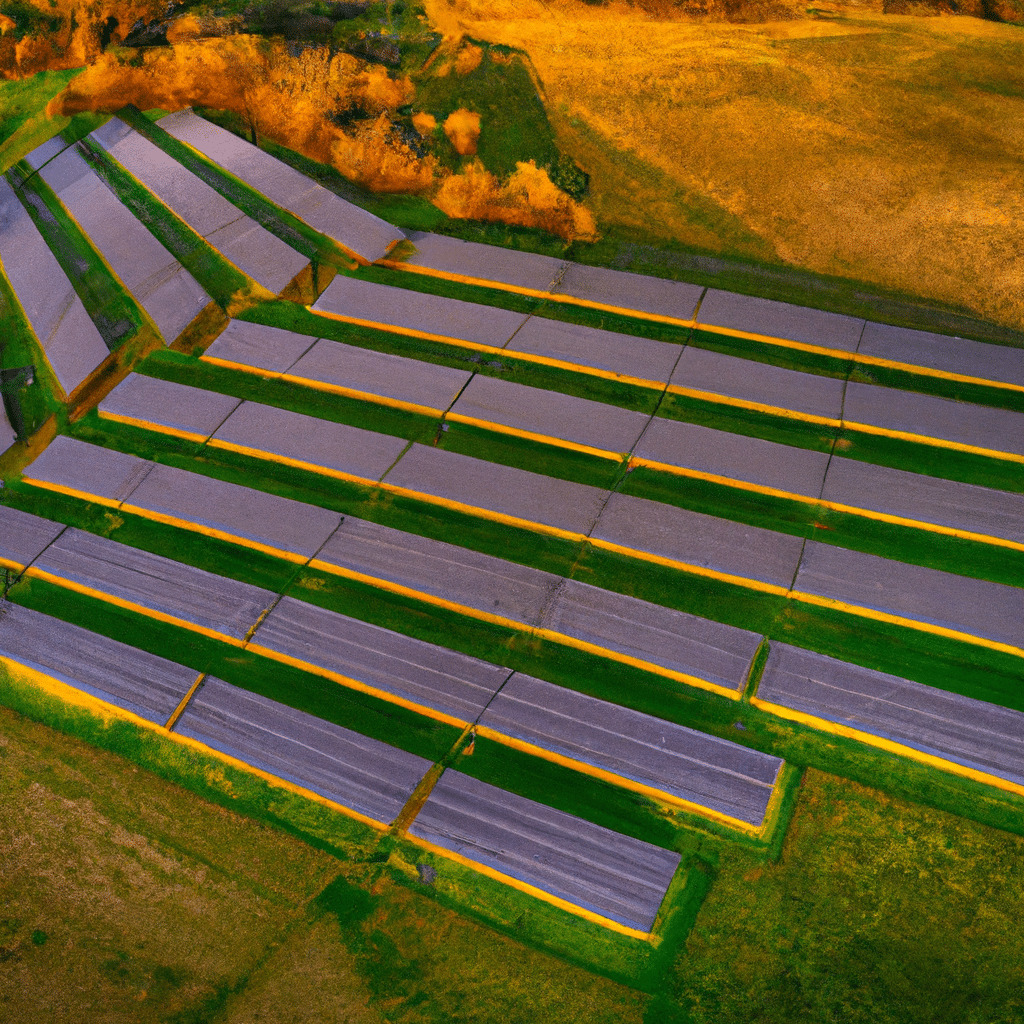Aquaponics is a groundbreaking agricultural practice that combines aquaculture (fish farming) with hydroponics (growing plants in water). This innovative system harnesses the symbiotic relationship between fish and plants, creating a sustainable and highly efficient method of food production. In this article, we will delve into the incredible potential of aquaponics, exploring how fish and plants work together to save water and boost yields.
The Basics of Aquaponics
Aquaponics operates on a simple principle: fish provide the nutrients needed for plant growth, while the plants filter and purify the water for the fish. The process begins with the fish. They produce waste, mainly in the form of ammonia, which is toxic to them if left untreated. However, in an aquaponic system, the water containing fish waste is directed to the plant beds.
Nutrient Cycling and Water Conservation
In the plant beds, the waste undergoes a natural process called mineralization, where beneficial bacteria convert the ammonia into nitrites and then nitrates. These nitrates serve as a valuable source of nutrients for the plants. As the plant roots absorb the nitrates, they effectively remove the harmful substances from the water, purifying it for the fish.
This closed-loop system creates a sustainable cycle of nutrient cycling and water conservation. Unlike traditional farming methods that require large amounts of water for irrigation, aquaponics utilizes a fraction of the water. The water is continuously recirculated, reducing water consumption by up to 90% compared to conventional agriculture.
Increased Crop Yields and Space Efficiency
One of the remarkable benefits of aquaponics is its ability to maximize crop yields in a limited space. Traditional farming often faces challenges such as limited land availability and soil quality. Aquaponics eliminates these constraints by providing a controlled environment where plants can thrive without the need for soil.
In an aquaponic setup, plants are grown in grow beds filled with a growing medium like gravel or clay pellets. The nutrient-rich water continuously flows through the grow beds, supplying the plants with essential nutrients. As a result, plants in aquaponics systems grow faster and healthier, leading to higher crop yields compared to traditional farming methods.
Environmental Sustainability and Reduced Chemical Inputs
Aquaponics is an environmentally friendly farming method that promotes sustainability. By eliminating the need for synthetic fertilizers and pesticides, aquaponics reduces chemical inputs into the ecosystem. The fish waste provides all the necessary nutrients for plant growth, eliminating the need for artificial fertilizers.
In addition, the closed-loop system of aquaponics prevents nutrient runoff, a significant issue in conventional agriculture. Nutrient runoff from traditional farms often contaminates water bodies, leading to harmful algal blooms and ecosystem degradation. Aquaponics minimizes this environmental impact by recycling and reusing water within the system, preventing nutrient pollution.
Versatility and Adaptability
Another advantage of aquaponics is its versatility and adaptability to various environments. Whether in urban areas with limited space or rural regions with challenging soil conditions, aquaponics can be implemented almost anywhere. The system can be scaled up or down, making it suitable for small-scale home gardens, commercial farms, and even large-scale industrial operations.
Moreover, aquaponics enables the cultivation of a wide range of crops, from leafy greens and herbs to fruits and vegetables. Some aquaponic systems have even successfully grown crops like strawberries and tomatoes, demonstrating the system’s adaptability to different plant species.
Economic Viability and Food Security
The economic viability of aquaponics is an essential aspect of its incredible potential. This sustainable farming method offers a unique opportunity for individuals and communities to generate income while ensuring food security. Aquaponics allows year-round cultivation, reducing the reliance on seasonal crop production and enhancing food availability.
Furthermore, the efficient use of resources in aquaponics, such as water and space, contributes to cost savings and increased profitability. The reduced water consumption and elimination of chemical inputs can significantly lower production costs, making aquaponics a financially viable option for farmers and entrepreneurs.
Conclusion
Aquaponics represents a revolution in sustainable agriculture, harnessing the power of fish and plants to save water and boost yields. This innovative system offers numerous benefits, including water conservation, increased crop yields, environmental sustainability, versatility, and economic viability. By embracing aquaponics, we can pave the way for a more sustainable and food-secure future. Whether on a small scale or a large one, the potential for aquaponics to transform our food production systems is truly incredible.



